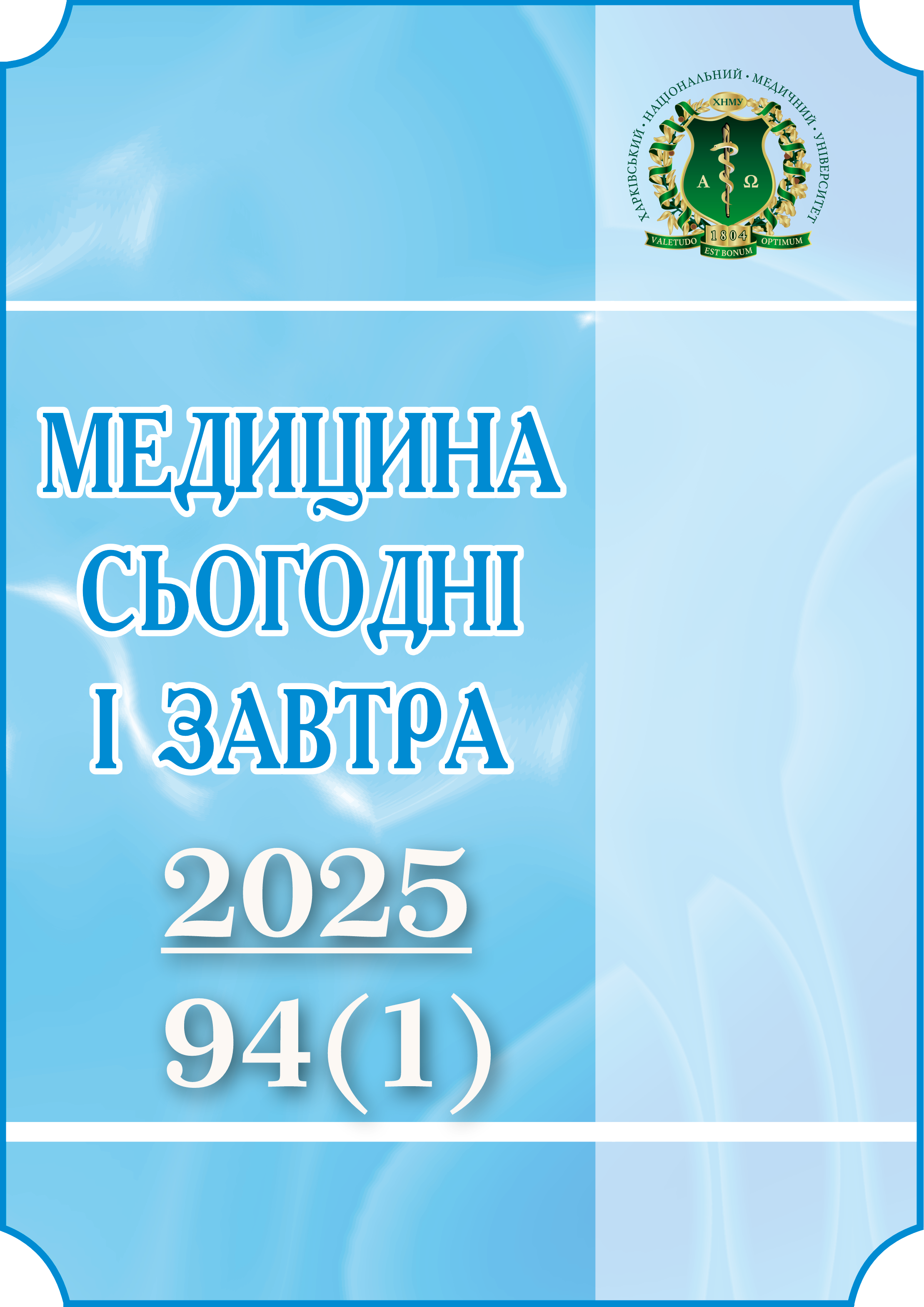Abstract
This study investigated optimal treatment strategies for tracheal scar stenosis in 102 patients through a combination of endoscopic and surgical approaches. The research addressed the critical clinical challenge of managing varying stenosis severities, from critical decompensated cases to complex extended lesions. Our methodology employed a staged protocol beginning with endoscopic interventions including laser photodestruction and bougienage, which successfully converted critical stenoses to compensated forms in 51% of cases. Temporary stenting using Dumon stents (38.5%) and T-tubes (60.0%) was implemented in 26 patients for an average duration of 8 months, though with notable complication rates including 42.3% granulation formation and 11.5% stent migrations. Definitive surgical resection, performed in 24% of cases, demonstrated that prior endoscopic treatment did not increase resection length while improving operative conditions. The study population included patients with diverse stenosis locations: upper trachea (45.1%), thoracic segment (14.7%), and laryngotracheal complex (24.5%), representing a certain clinical complexity. The treatment algorithm achieved good long-term outcomes with 84% of patients maintaining good respiratory function (lumen >0.7 cm) during follow-up periods ranging from 6 months to 6 years, and a remarkably low 4% restenosis rate. Notably, patients with stenosis lengths exceeding 2 cm (65.4% of cases) particularly benefited from the staged approach, achieving comparable outcomes to those with shorter lesions. These findings establish that a tailored, stepwise approach incorporating endoscopic optimization before potential resection provides optimal outcomes, particularly for patients with comorbidities contraindicating immediate surgery.
Keywords: thoracic surgery, endosurgical treatment, plastic and reconstructive interventions.
References
Auchincloss HG, Wright CD. Complications after tracheal resection and reconstruction: prevention and treatment. J Thorac Dis. 2016;8(Suppl_2):S160-7. DOI: 10.3978/j.issn.2072-1439.2016.01.86. PMID: 26981267.
Aydogmus U, Kis A, Ugurlu E, Ozturk G. Superior Strategy in Benign Tracheal Stenosis Treatment: Surgery or Endoscopy? Thorac Cardiovasc Surg. 2021;69(8):756‑63. DOI: 10.1055/s-0040-1715435. PMID: 32886930.
Madariaga ML. Reresection for recurrent stenosis after primary tracheal repair. J Thorac Dis. 2016;8(Suppl_2):S153‑9. DOI: 10.3978/j.issn.2072-1439.2016.01.66.
Qureshi YA, Mughal MM, Markar SR, Mohammadi B, George J, Hayward M, Lawrence D. The surgical management of non‑malignant aerodigestive fistula. J Cardiothorac Surg. 2018;13:113. DOI: 10.1186/s13019-018-0748-3. PMID: 30350102.
Verret DJ, Jategaonkar A, Heilman S. Holmium laser for endoscopic treatment of benign tracheal stenosis. Int Arch Otorhinolaryngol. 2018;22(3):203‑7. DOI: 10.1055/s-0038-1641205. PMID: 29781433.
Ansari A, Thomas A. Multimodality Surgical Approach in Management of Laryngotracheal Stenosis. Case Rep Otolaryngol. 2018;2018:4583726. DOI: 10.1155/2018/4583726. PMID: 29808149.
Ulusan A, Sanli M, Isik AF, Celik IA, Tuncozgur B, Elbeyli L. Surgical treatment of postintubation tracheal stenosis: a retrospective 22‑patient series from a single center. Asian J Surg. 2018;41(4):356‑62. DOI: 10.1016/j.asjsur.2018.02.002. PMID: 29550985.
Thornton RH, Gordon RL, Kerlan RK. Outcomes of tracheobronchial stent placement for benign disease. Radiology. 2006;240(1):273‑82. DOI: 10.1148/radiol.2401040586. PMID: 16463294.
Madariaga ML. Reresection for recurrent stenosis after primary tracheal repair. J Thorac Dis. 2016;8(Suppl 2):S153‑9. DOI: 10.3978/j.issn.2072-1439.2016.01.66.

This work is licensed under a Creative Commons Attribution-NonCommercial-ShareAlike 4.0 International License.

